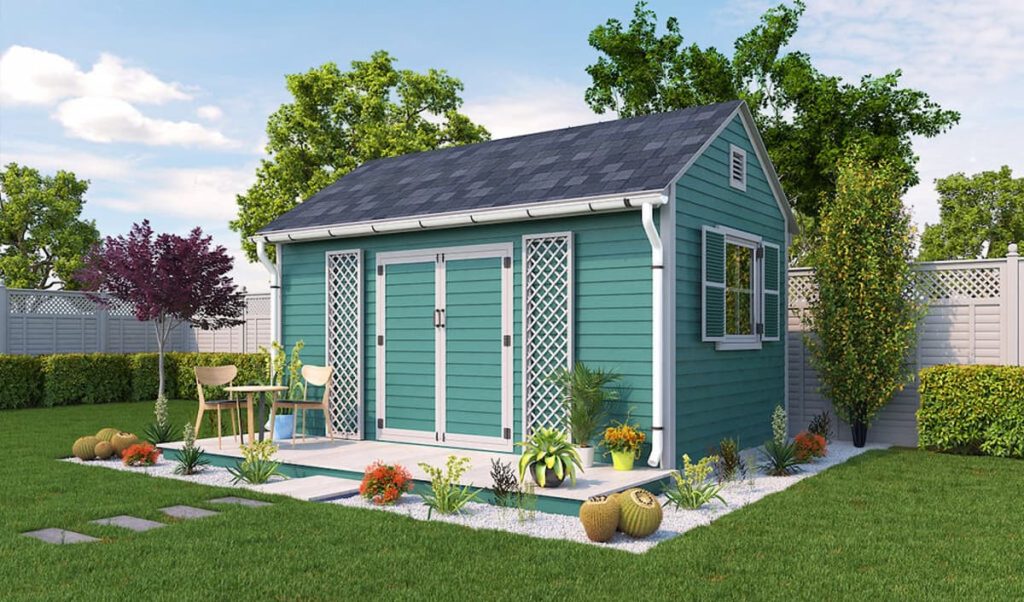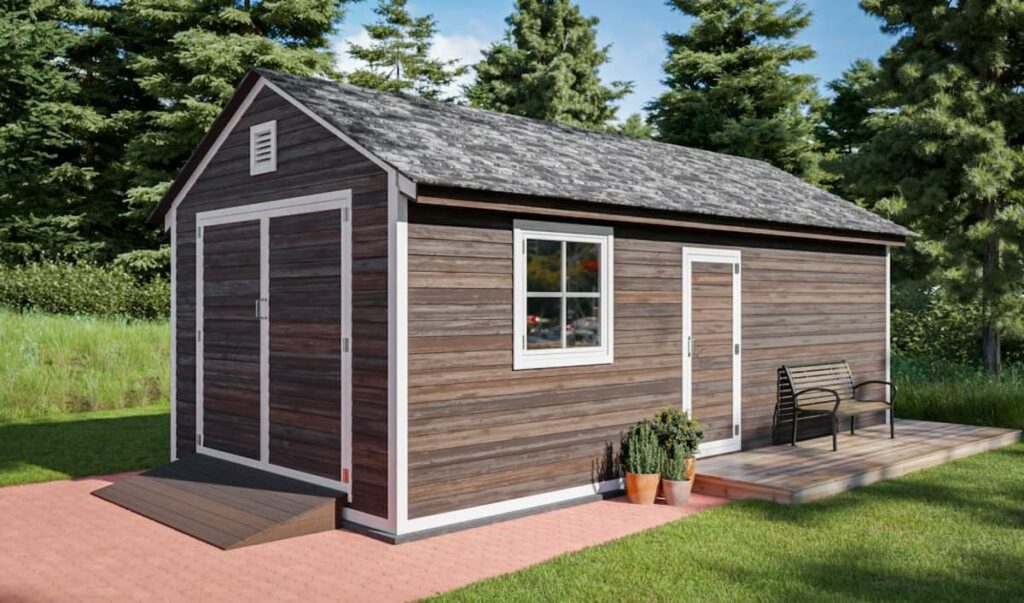Sustainable Construction Practices for Modern Homes

Sustainable Construction Practices for Modern Homes
The post Sustainable Construction Practices for Modern Homes appeared first on UK Construction Blog.
For centuries, the construction industry has been dominated by what was considered traditional practices. However, each decade saw advancements and modernization of these practices, which has landed us where we are today. Today, as the world grapples with climate change, resource depletion, and other environmental concerns, the construction industry is also transforming toward sustainability.
The birth and adoption of sustainable construction practices are transforming the building industry. These practices focus on reducing the industry’s impact on the environment, conserving resources, promoting energy efficiency, and creating healthier living environments. That’s why building eco-friendly homes is no longer a luxury but a necessity.

As mainstream construction techniques for modern homes progress towards sustainability, Craftcamp provides homeowners with sustainable DIY project kits and eco-friendly crafting supplies. Whether you are a homeowner planning to add a backyard structure or an aspiring homeowner seeking to understand trends in sustainable building practices, here are ideas to incorporate eco-friendly materials and methods into your construction projects.
1. Use of sustainable building materials
One of the best ways to achieve sustainability in construction is through materials. It is no surprise that using renewable and recyclable materials in building modern homes has become a norm. Interestingly, technological advancements have paved the way for a wide range of robust, lighter, and renewable building materials.
Recycled steel, bamboo, cork, reclaimed wood, and natural paints are gaining popularity due to their eco-friendly attributes. Recycling reduces the need for new raw materials without sacrificing versatility and functionality. Besides, these materials offer distinctive aesthetic appeal, giving your home a unique character.
Sourcing building materials locally reduces transportation emissions, further supporting environmental sustainability.
2. Embracing energy efficiency
At the heart of sustainable construction is energy efficiency. Modern home designers and builders are increasingly focusing on creating homes that harness natural light and ventilation to reduce energy consumption. Many modern homes built with sustainability in mind feature high-performance windows that are strategically placed to optimize natural light.
Homeowners further support the efforts toward sustainability by prioritizing energy-efficient appliances, LED lighting, solar water heaters, and smart home technologies. Some are even using solar panels and other renewable energy sources to save on energy bills and reduce reliance on fossil fuels, reducing the impact these fuels have on the environment.
3. Adoption of Eco-friendly heating and cooling systems
Space and water heating are the largest contributors to household carbon footprint. However, this is rapidly changing as homeowners are shifting to heating and cooling systems that provide comfort while having minimal environmental impact. While there are many eco-friendly alternatives to traditional systems, geothermal heating and cooling systems, in particular, are a groundbreaking solution in the quest for sustainability. They efficiently use the earth’s underground temperature to provide heating in winter and cooling in summer. This reduces energy consumption while offering a sustainable way to maintain indoor comfort.
Other great alternatives to traditional heating and cooling systems are solar, air-source, biomass, and passive solar systems. Technological advancements have also led to the creation of high-efficiency HVAC systems.
4. Green roofing
While choosing native plants that require minimal water and maintenance is a great way to enhance sustainability, green roofs take landscaping to another level. Essentially, green roofs are innovative roofing systems that feature vegetation on the rooftop. Although not a popular design, these roofs offer a fantastic way to add nature to living environments while enhancing aesthetic appeal and supporting local biodiversity. Even better, the green roof protects the underlying roofing materials from elements and extreme weather, which helps extend its lifespan.
Green roofs also provide additional insulation, which enhances energy efficiency and helps filter pollutants and carbon dioxide, improving air quality.
Nature lovers are further transforming their home facades into lush, verdant spaces, growing their favorite herbs, flowers, and veggies.
5. Building to enhance indoor air quality
A sustainable home is a healthy home. Alongside the adoption of eco-friendly building methods, sustainable construction incorporates practices to improve indoor air quality and ensure the well-being of occupants. For instance, low-VOC and non-toxic materials are now the go-to options for finishing and decorating modern homes, replacing traditional building materials and finishes that emit harmful chemicals. Interestingly, there is a vast array of low-VOC paints, adhesives, and sealants as well as non-toxic insulation and flooring that builders can use.
Modern homes are also designed with proper ventilation, This not only improves energy efficiency but also removes pollutants while allowing in clean, fresh air. Proper ventilation, which can be achieved with home design, helps maintain optimal humidity levels, which prevents mold growth and reduces dust mites.
6. Water conservation
Water conservation is a crucial aspect of sustainable construction and living. It is no surprise rainwater harvesting systems have become very popular in modern homes and a staple construction practice. Rainwater can be used in various ways, including backyard irrigation and flushing toilets.
It is also not uncommon to find low-flow faucets, toilets, showerheads, Energy Star-rated dishwashers, and water-efficient washing machines in modern homes. Homeowners are taking it further by installing greywater systems, which helps save water.
7. Eco-friendly backyard structures
Establishing an eco-friendly backyard is not just about supporting local biodiversity and creating driveways and walkways that reduce stormwater runoff. Most modern homes today feature at least one outdoor structure. Whether you are building a storage shed for your tools and equipment or creating a pergola for relaxation and entertainment, these backyard structures offer a way to add functionality with minimal impact on the environment.

Homeowners looking for multi-purpose spaces to complement their eco-friendly houses can get a garage shed plan to create a spacious, eco-friendly room to park their vehicles and set up a workshop for their DIY projects.
Conclusion
Adopting sustainable construction practices is a transformative move towards a sustainable future. Besides reducing the environmental impact of modern homes, these practices help create healthier living spaces. From using recycled and sustainable materials and incorporating energy-efficient features to harvesting rainwater and supporting local biodiversity, home designers, builders, and owners can collectively use these practices to contribute to environmental conservation.
Comments are closed